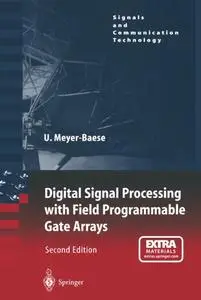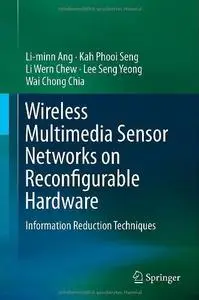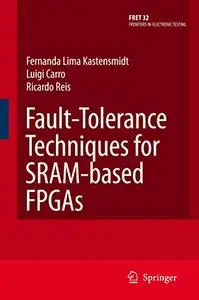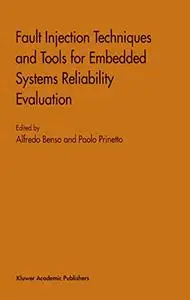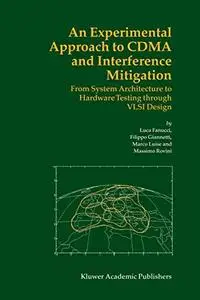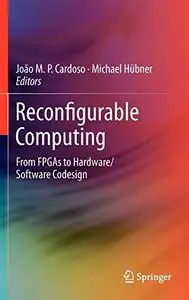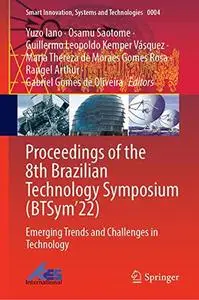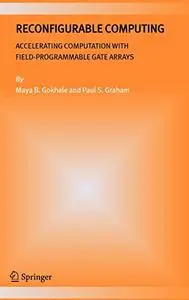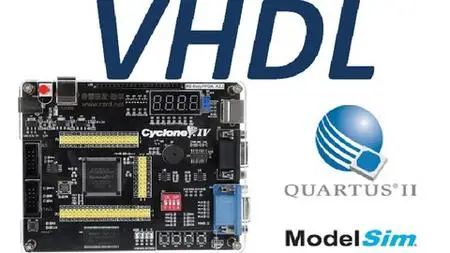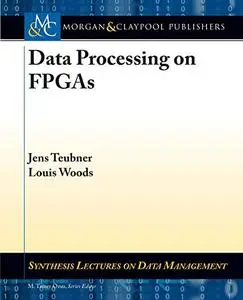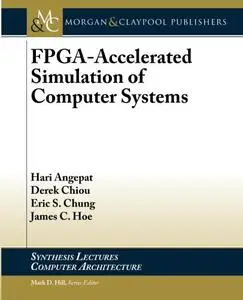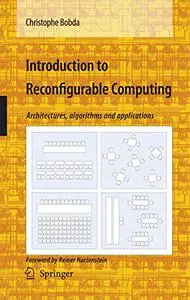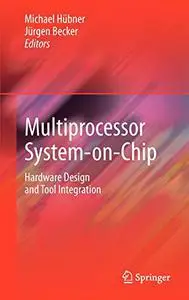Digital Signal Processing with Field Programmable Gate Arrays by Uwe Meyer-Baese
English | PDF | 2004 | 535 Pages | ISBN : N/A | 41.1 MB
Field-Programmable Gate Arrays (FPGAs) are revolutionizing digital signal processing as novel FPGA families are replacing ASICs and PDSPs for front-end digital signal processing algorithms. So the efficient implementation of these algorithms is critical and is the main goal of this book. It starts with an overview of today's FPGA technology, devices, and tools for designing state-of-the-art DSP systems. A case study in the first chapter is the basis for more than 30 design examples throughout. The following chapters deal with computer arithmetic concepts, theory and the implementation of FIR and IIR filters, multirate digital signal processing systems, DFT and FFT algorithms, and advanced algorithms with high future potential. Each chapter contains exercises. The VERILOG source code and a glossary are given in the appendices, while the accompanying CD-ROM contains the examples in VHDL and Verilog code as well as the newest Altera "Baseline" software. This edition has a new chapter on adaptive filters, new sections on division and floating point arithmetics, an up-date to the current Altera software, and some new exercises.


